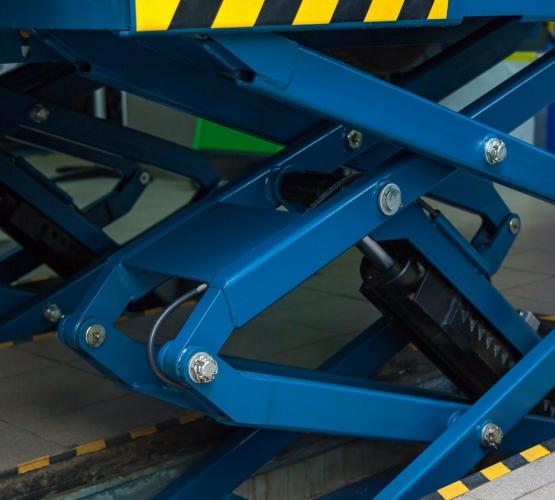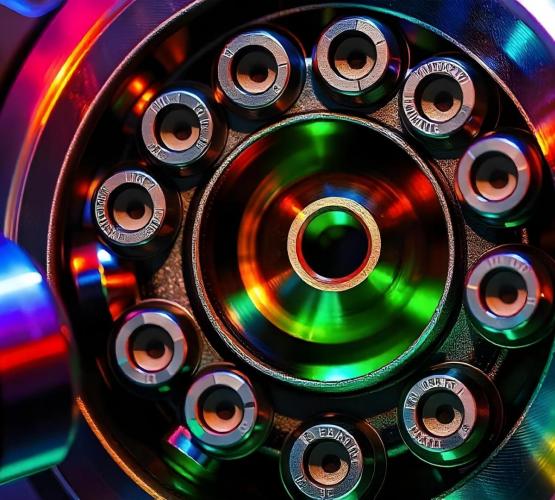
History of Windshield Wipers: From a Simple Idea to Complex Systems
The history of windshield wipers is a story of the constant pursuit of the ideal solution to ensure driver safety and comfort in inclement weather. From a simple idea to complex systems, these devices have come a long way. By the way, let us remind the reader that Technymon is one of the world's leading manufacturers of plain bearings for windshield wipers.
Early Attempts
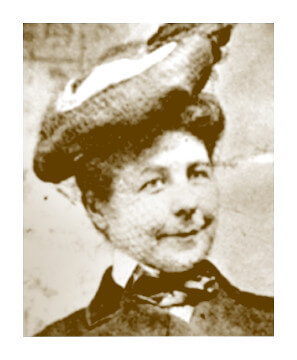
Source: Wikipedia
The first automobiles, which appeared in the late 19th century, did not have windshields, and consequently, no windshield wipers. Drivers simply stopped during rain or snow. However, with the development of the automotive industry and increasing speeds, the need for windshield cleaning became apparent.
A significant event in the history of the windshield wiper invention occurred in winter 1902 in New York. While riding a streetcar, Mary Anderson, an inventor from Alabama, noticed that the conductor had to stop the car frequently to clear the windshield of accumulated snow. She came up with the idea of equipping the windshield with a mechanical device that the driver could use to clean the glass while the vehicle was in motion.
After returning home and spending some time developing the mechanism, she registered a patent for the invention "Window Cleaning Device" in the summer of 1903. The first windshield wiper consisted of a handle inside the cabin and a lever with a rubber brush on the outside, connected by an axis. The design involved the rotation of the axis and brush holder on bushings, the first prototypes of plain bearings.
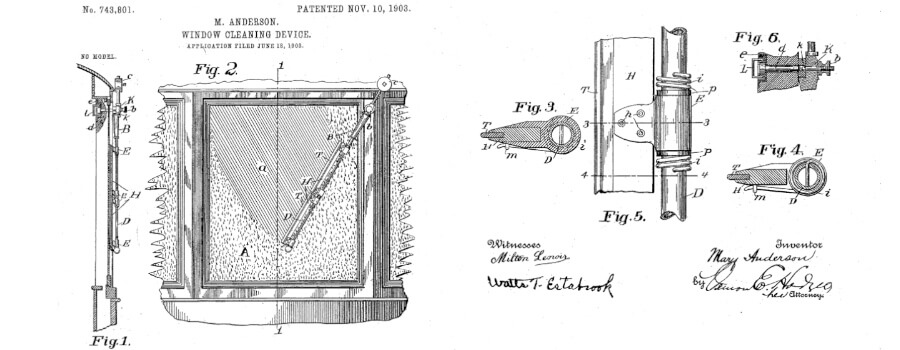
Source: The United States Patent and Trademark Office
"Fig. 5. These strips H are journaled to the tubing or bar D by means of bearings E E, which are secured thereto by screws or rivets h h and which are confined between collars p p, secured to the bar or tubing D."
A couple of years later, Mrs. Anderson tried to sell the rights to her invention to a Canadian company, but was rejected due to a lack of commercial prospects. The patent expired in 1920, and Mary did not renew it. The first automaker to equip its mass-produced cars with a similar windshield cleaning mechanism, with a manual drive rotating on plain bearings, was Cadillac in 1922.
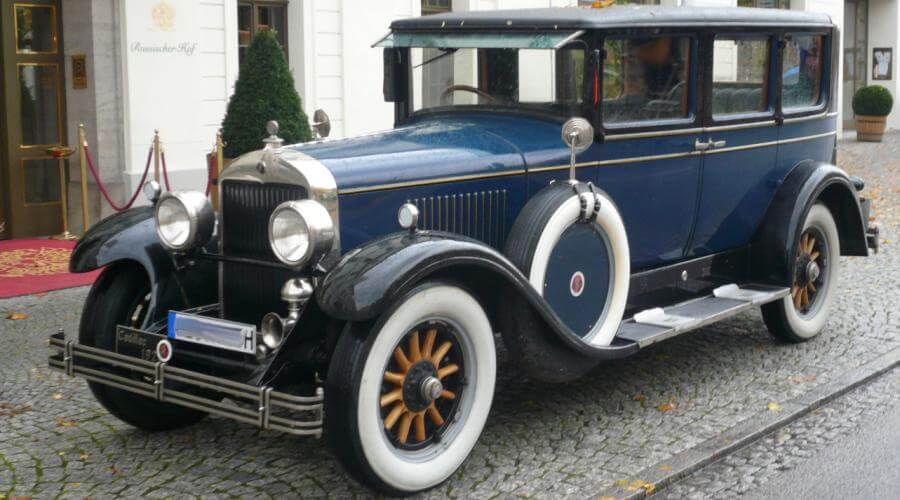
Source: Wikimedia. Author: Wmeinhart
Gradually, windshield wipers began to appear on other production cars, but their design was far from perfect. Most often, these were manual mechanisms that distracted the driver from driving.
Electrification and Automation
With the development of the automotive industry, so too did the comfort and safety of automobiles. In 1926, Bosch introduced its invention - an electric windshield wiper.
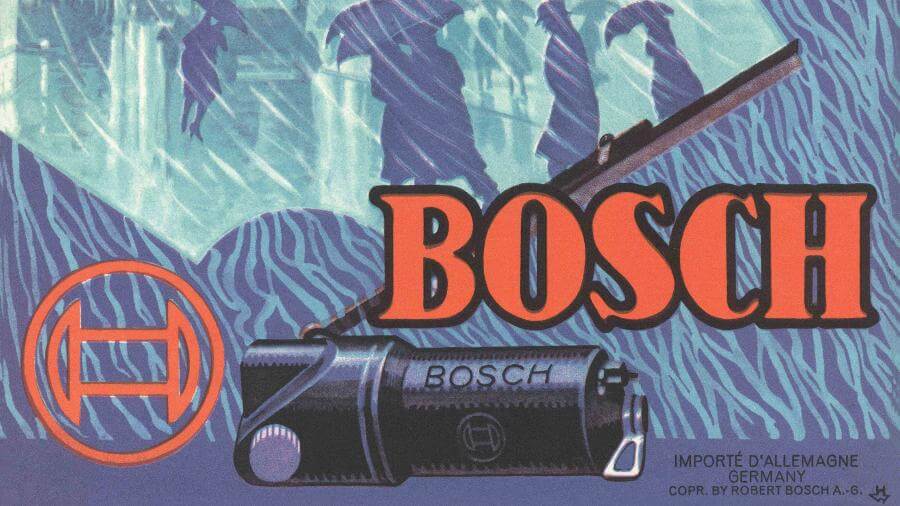
Source: www.bosch.com
The wiper mechanism rotated using plain bearings and was driven by a small electric motor connected to the car's battery, independent of the engine's electrical system. Its low power consumption allowed the brushes to be used for a sufficiently long time and also made it possible to equip the passenger seat with an additional wiper.
Within a year, electric windshield wipers became standard equipment for most cars produced at that time.
By the middle of the last century, automakers had improved the windshield cleaning mechanism, and in addition to the electric motor, relays were added that allowed the brush to be used at different speeds, which soon became a safety standard for all manufactured cars. The mechanism of the brush itself was a modified spring-loaded rigid frame rotating on axes using plain bearings.
Modern Windshield Wipers
Modern windshield wipers are complex electromechanical systems that provide effective glass cleaning even in the most extreme weather conditions. The development of the automotive industry, increased speeds, and higher safety requirements for vehicles have led to the simple frame-type mechanism rotating on plain bearings evolving into what we consider normal today:
- Frameless wipers. Provide a tighter seal to the glass and better handle dirt.
- Rain sensors. Automatically turn on the wipers when precipitation occurs and adjust their speed depending on the intensity of the rain.
- Aerodynamic design. The wipers and wiper arms are designed with aerodynamics in mind to reduce noise and vibration.
- Wiper heating. Prevents the wipers from icing over in winter.
The Future of Windshield Wipers
Technology continues to evolve. In the future, we can expect to see even more advanced windshield wipers:
- Laser cleaners: Will use lasers to remove dirt and ice from the glass.
- Self-cleaning glass: A special coating will prevent dirt and water from adhering to the glass.
- Integration with driver assistance systems: Windshield wipers will work in conjunction with other vehicle systems to provide maximum safety and comfort.
The history of windshield wipers is a vivid example of how engineering thought and the pursuit of perfection can create devices that make our lives safer and more comfortable. The future of windshield wipers promises to be even more exciting and innovative. And Technimon is also constantly developing its production capabilities, providing the constantly evolving automotive industry with innovative solutions in the field of plain bearings.

